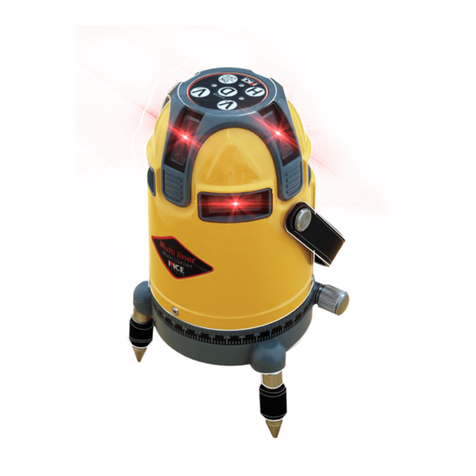
WARRANTY
STATEMENT OF LIMITED WARRANTY
MOBA Australia warrants all equipment of its manufacture to be free of defects in
material and workmanship for a period of months. his warranty period is twelve T
twelve months from the date of invoice. tems covered by this warranty are: I
sensors, transmitters, electronic levels, receivers, masts, control boxes, displays
and accessories. ll other components not manufactured by but A MOBA Australia
sold as a part of the installation package, such as hydraulic or electrical
components, hoses, fittings and clamps, will carry the original manufacturer’s
warranty.
MOBA Australia or its authorised service centre will repair or replace, at its
option, any defective part or component of which notice has been given during
the warranty period. warranty registration card must be filled out properly and A
be on file with the service department before warranty repair or MOBA Australia
replacement can be approved. f service in the field is necessary to repair I
machine-mounted equipment under warranty, may authorize on-MOBA Australia
site repairs at no charge for parts and labour. ravel time, accommodation and T
other expenses incurred to and from the place where repairs are made will be
charged to the purchaser at the prevailing rates. f warranty service can be done I
at a factory authorised service centre, the customer will pay only one way freight
charges.
Any evidence of negligen or abnormal use, accident or an attempt to repair ce
equipment by other than factory authorised personnel even when using MOBA
Australia’s certified or recommended parts, automatically voids the warranty.
T Mhe foregoing states the entire liability of regarding the purchase OBA Australia
and use of its equipment. will not be held responsible for any MOBA Australia
consequential loss or damage of any kind.
This warranty is in lieu of all other warranties, except as set forth above,
including any implied warranty of merchantability or fitness for a particular
purpose, are hereby disclaimed. his warranty is in lieu of all other warranties, T
expressed or implied.
3




























